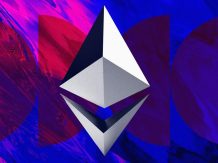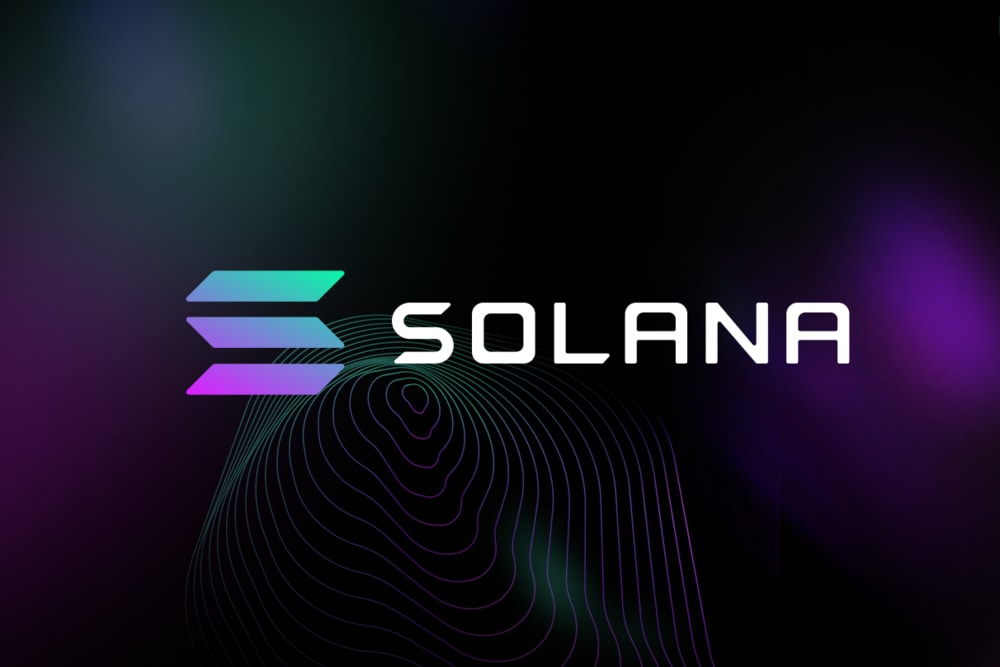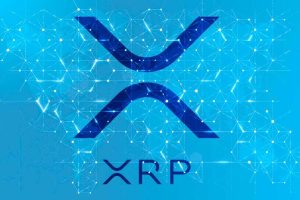The layer-1 blockchain network Solana may soon start to see layer-2 networks building in its ecosystem. In a Friday tweet, Solana founder Anatoly Yakovenko stated that “there’s nothing stopping developers” from creating layer-2 blockchains on the Solana network.
What are Layer-2 Networks?
Layer-2 solutions are blockchain networks built on an existing layer-1 blockchain. These secondary protocols benefit from the base blockchain’s network and security. At the same time, it solves the base network’s scalability issues, facilitating faster and cheaper transactions.
These L2 networks enable transactions off-chain. These off-chain trades are bundled and transported to the base blockchain, reducing the burden on them. An example of a blockchain network with several L2 networks is the Ethereum blockchain.
Notably, L2s are not to be confused with sidechains, an independent chain linked to a parent blockchain to address the scalability issue. Unlike layer-2 networks that rely on the layer-1 blockchain’s security, sidechains have separate security characteristics from the base blockchain. A popular sidechain is the Ronin network.
L2s to Build on Solana
In his tweet, Yakovenko categorized layer-2 networks, side chains, and zero-knowledge (zk) proofs as bringing the same result. He explains that these technologies cannot be as good as a well-optimized layer-1 blockchain.
Operating a well-optimized L1 network entails that all transactions and projects will live on the base blockchain, promoting a “global atomic state machine” where all decentralized apps (dApps) and users will have access to the same data in real-time without passing through an L2 solution or side chain.
While acknowledging that L2s and sidechains “are innovative and welcomed,” Yakovenko emphasized that Solana’s goal is to bring the entirety of its on-chain services into a single execution layer that would undergo “hardware upgrades in the future.”
Meanwhile. it is likely that a shift towards layer-2 networks will allow for more projects to onboard the Solana ecosystem. This may have a ripple effect on the blockchain’s native cryptocurrency, SOL. At the time of writing, SOL traded at $102.










